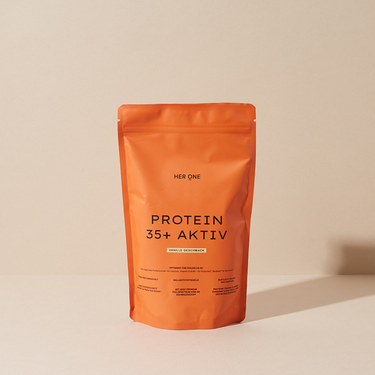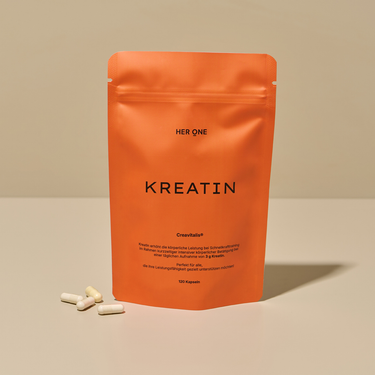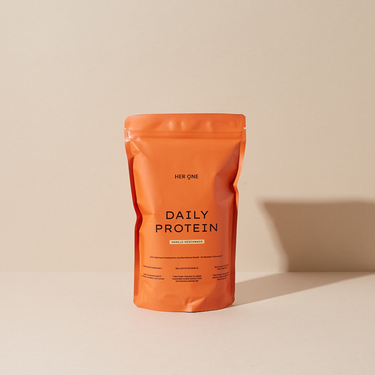How does your hormonal balance affect your physical performance? And why do more and more professional athletes swear by cycle-based training?
Together with experts from VfL Wolfsburg - including Omar Jose Rüppel, head physiotherapist and athletics and rehab trainer for VfL Wolfsburg women - we looked into this very question. The result is a guide that shows you how you can adapt your training - and perhaps even your everyday life - more smartly to your cycle.
🔍 A quick note in advance
The menstrual cycle is a sensitive, highly individual topic. This article does not claim to be universally valid and does not replace medical advice.
Our aim: To raise awareness, share knowledge and promote open discourse.
Four phases, four levers: how your cycle ticks
Your menstrual cycle consists of four biologically distinct phases - each of which has a different effect on your energy levels, coordination and well-being. If you know the hormonal dynamics, you can tailor your training accordingly.
1st menstruation (day 1-5)
Oestrogen and progesterone are at a low. Many women experience this phase with tiredness, cramps or low moods. Intensive training is not a must here - gentle exercise such as walks or yoga often have a more supportive effect on the body and psyche.
2nd follicular phase (day 6-14)
Energy returns as oestrogen levels rise. Your body is now particularly receptive to muscle building, coordination and technique. The perfect time for functional training, strength exercises and progressive loading.
3rd ovulation (around day 14)
Around ovulation, you reach a natural peak in performance: explosive strength, concentration and endurance are measurably stronger. For many, this is the ideal phase for intensive workouts, PR attempts or HIIT units.
4th luteal phase (day 15-28)
Falling hormone levels can lead to water retention, sleep problems and listlessness - making you more susceptible to injury. During this phase, it makes sense to slow down, focus on technique or mobility and plan recovery phases.
Facts vs. feelings: what does science say?
Even if the data situation is not yet comprehensive, numerous studies and field reports show:
Cycle phases demonstrably influence strength, endurance, coordination and regeneration.
Excitingly, many female athletes intuitively report the same patterns that studies have already made measurable - a strong interplay of data and body perception.
From taboo to training factor: insights from VfL Wolfsburg
Cycle-based training has long since arrived in professional soccer. At VfL Wolfsburg women's soccer, it is an integral part of sports medicine care. VfL Wolfsburg uses the basal body temperature method and cooperates closely with doctors and gynaecologists to optimize performance and minimize the risk of injury. There are other methods, such as cycle tracking using apps.
Key message from the VfL team: Open communication is crucial. Only those who speak honestly about PMS, pain or exhaustion can receive individual care and performance-oriented support - even in team sports.
How to do it yourself: tools for your cycle-based training
Even as a recreational athlete, you can benefit from this approach. Here are three simple tools to get you started:
-
Cycle tracking apps like Clue, Wild.AI or Garmin provide you with individually tailored training recommendations.
-
Basal thermometers or ovulation rings help you to analyze your temperature curve and detect your ovulation.
-
Nutrition apps with a cycle focus offer you tips on which micronutrients (e.g. iron, magnesium and vitamin B6) are particularly useful in which phase.
Cycle-based training is not a buzzword. It is a long overdue shift in the sports world. If you listen to your body, you will not only train more effectively, but also more sustainably. Whether you are a professional athlete or an ambitious amateur athlete: your cycle is a tool - not a taboo.
Do you prefer watching to reading?
Click here for the interview with Omar on YouTube 🎥






